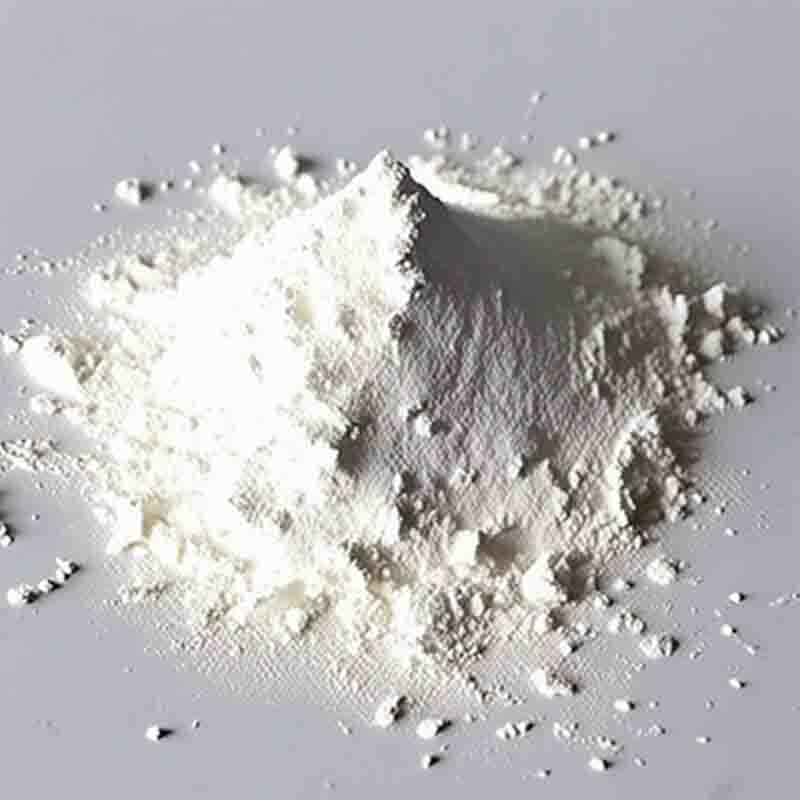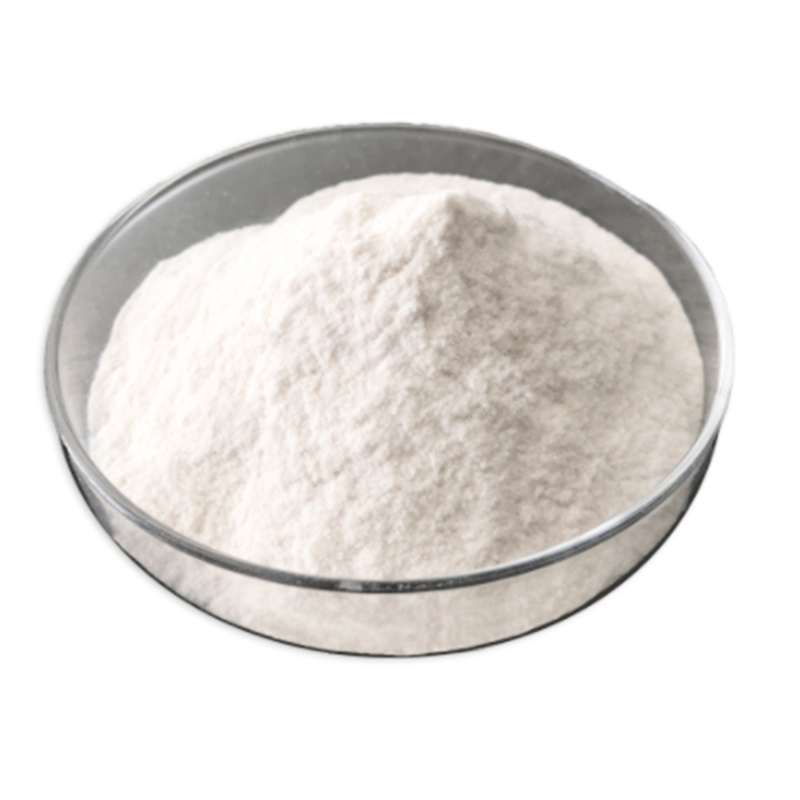Cis-1-tert-butyl 3-ethyl 4-aminopyrrolidine-1,3-dicarboxylate hydrochloride CAS: 1233501-65-9
| Catalog Number | XD93471 |
| Product Name | Cis-1-tert-butyl 3-ethyl 4-aminopyrrolidine-1,3-dicarboxylate hydrochloride |
| CAS | 1233501-65-9 |
| Molecular Formula | C12H23ClN2O4 |
| Molecular Weight | 294.78 |
| Storage Details | Ambient |
Product Specification
| Appearance | White powder |
| Assay | 99% min |
Cis-1-tert-butyl 3-ethyl 4-aminopyrrolidine-1,3-dicarboxylate hydrochloride is a chemical compound that finds application in the field of medicinal chemistry and drug development. Its molecular structure consists of a pyrrolidine ring with a tert-butyl group at the cis position, an ethyl group, and two carboxylate groups. This compound is typically found in the form of a hydrochloride salt.One of the main uses of cis-1-tert-butyl 3-ethyl 4-aminopyrrolidine-1,3-dicarboxylate hydrochloride is in the synthesis and development of drugs targeting the central nervous system (CNS). The presence of the pyrrolidine ring, along with the tert-butyl and ethyl groups, provides this compound with potential neuroactive properties. Researchers can use this compound as a starting material to synthesize analogs or derivatives that can selectively interact with specific receptors or enzymes in the CNS. By modifying the structure and substituents, they can optimize the compound's pharmacokinetic properties, enhance its receptor affinity, and improve its therapeutic potential.Furthermore, cis-1-tert-butyl 3-ethyl 4-aminopyrrolidine-1,3-dicarboxylate hydrochloride can be employed as a tool compound in biological studies to investigate the role of specific receptors or enzymes in neurological processes. By using this compound as a ligand or probe, researchers can study the binding affinity, selectivity, and mechanism of action of these receptors or enzymes. This information is crucial for understanding the molecular basis of neuropharmacological processes and for the development of novel therapeutics targeting neurodegenerative disorders, psychiatric conditions, or neurological diseases.The compound also has potential applications in drug discovery and high-throughput screening assays. It can be incorporated into libraries of compounds, which are screened against various targets, such as receptors or enzymes, to identify potential lead compounds or drug candidates. This screening allows for the identification of compounds that exhibit desirable pharmacological properties or potential therapeutic effects.Furthermore, cis-1-tert-butyl 3-ethyl 4-aminopyrrolidine-1,3-dicarboxylate hydrochloride may find utility in the development of prodrugs. Prodrugs are inactive or less active compounds that are designed to be metabolized into their active form once inside the body. By modifying the structure of this compound, researchers can create prodrug forms that are more stable, have improved bioavailability, or can cross biological membranes more easily. This can enhance the compound's therapeutic benefits and improve its pharmacokinetic properties.In summary, cis-1-tert-butyl 3-ethyl 4-aminopyrrolidine-1,3-dicarboxylate hydrochloride is a compound with potential applications in the development of CNS-targeted drugs, as a tool compound for biological studies, in drug discovery, and in the development of prodrugs. Its unique molecular structure offers opportunities for modification and optimization to enhance its pharmacological properties and biological activities. The versatility and potential of this compound make it an important asset in the field of medicinal chemistry and drug development.






![Tert-Butyl 4-(6-Bromo-[1,2,4]Triazolo[1,5-A]Pyridin-2-Yl)Piperidine-1-Carboxylate Cas: 1422344-42-0](https://cdn.globalso.com/xdbiochems/白色粉末447.jpg)


